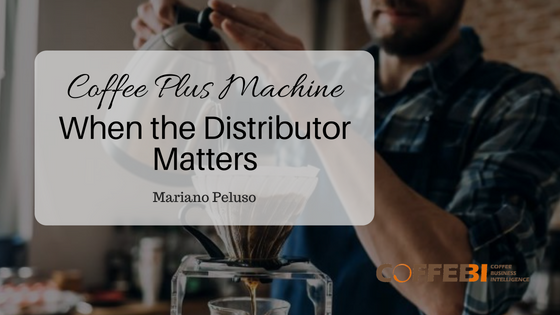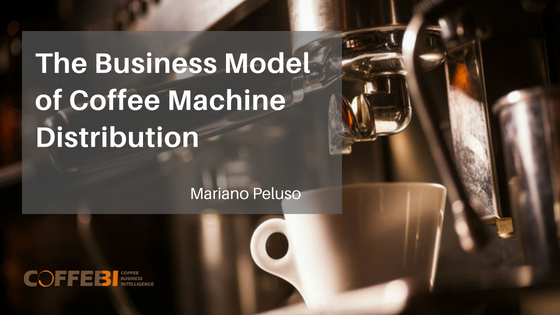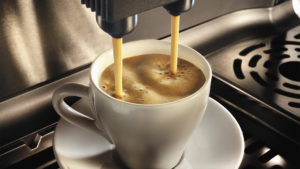Espresso coffee machines arrive to the Horeca market mainly through the intermediaries that assess the requests of their customers (bar, restaurants, cafés etc.), against the costs and economic returns of the machines. These intermediaries enter agreements with manufacturers and select one or more brands of coffee machines to present to their customers. In terms of purchasing agreements, these can vary
Coffee Plus Machine: When the Distributor Matters



